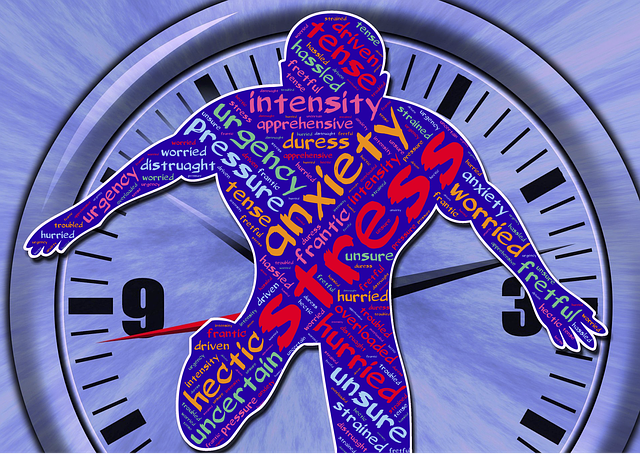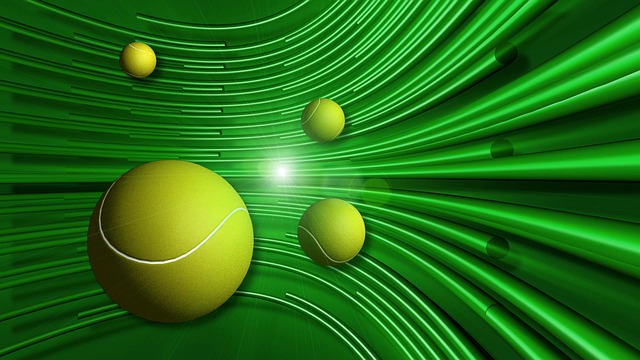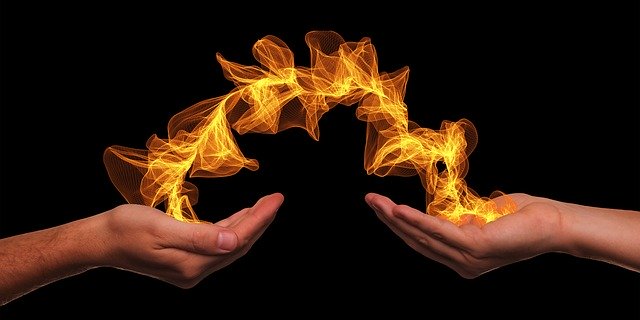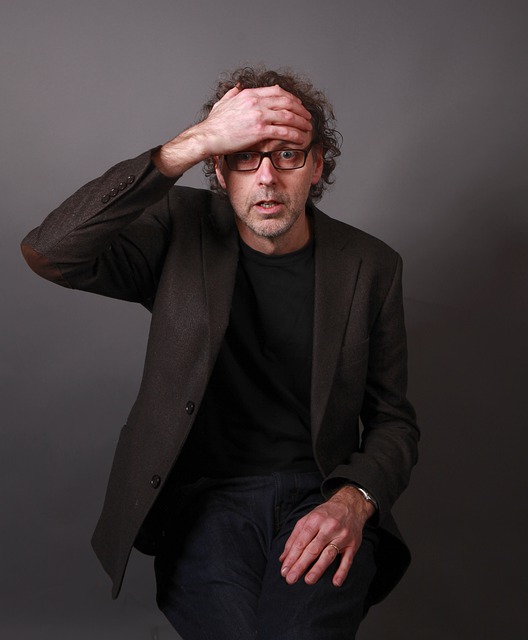Tai Chi is an integrative, whole-body routine that builds the mind-body connection. There are many attempts to categorise the numerous benefits of Tai Chi and the categories vary with the orientation of the writer/researcher. For instance, Dr. Peter Wayne of the Harvard Medical School who has spent many years researching and teaching the efficacy of Tai Chi identified eight active ingredients of this internal martial art in his book, The Harvard Medical School Guide to Tai Chi.
World-renowned martial arts practitioner, Bruce Frantzis, maintains that the integrative power of Tai Chi flows from the combination of stillness of the mind with intentional movement of the body. The stillness refers to being present in the moment, not lost in thoughts associated with the past or the future. However, as Peter Wayne points out, the mind-body connection is enhanced immeasurably by integrating breathing, movement and “cognitive skills” associated with focused attention, body awareness and the use of imagery.
In this current blog post, I will explore the benefits and efficacy of Tai Chi under three categories (which are not mutually exclusive but are mutually reinforcing) – physical health, energy and psychological well-being.
Tai Chi for physical health
The health benefits of Tai Chi are numerous and wide-ranging, positively impacting multiple bodily systems such as the circulatory, immune, respiratory and nervous systems. Along with these systemic benefits are improvements in the functioning of different parts of the body such as the heart, nerves, muscles and bones. In turn, the integrative nature of this internal martial art builds balance and coordination and improves flexibility and reflexes.
Tai Chi can also relieve or remove chronic health problems. Caroline Frantzis, in commenting on Bruce’s video presentation and illustration of Taoist energy arts, observed that Tai Chi is prescribed quite regularly by Chinese doctors as a form of therapeutic treatment for “blood pressure, heart problems, poor circulation, asthma, impotence, and nervous diseases” as well as for arthritis and back, neck and joint problems. Researchers too have shown that practising Tai Chi regularly increases brain volume, improves thinking skills and memory and may, in fact, prevent the onset of Alzheimer’s or reduce the rate of development of dementia-related illnesses.
Tai Chi for energy
Bruce Frantzis has spent the better part of his adult life studying and exploring Qi, the energetic lifeforce that enables the body and mind to function. He maintains that when we can really tune into our bodies through Tai Chi, we can actually feel the energy flow as it moves through “the fluids, nerves, fascia and other tissues” of the body. In this way, according to Bruce, we can “become more fully alive and vibrant” because we have released any blockages and enabled the natural energy flow of the body. In support of these observations, Caroline Frantzis (nee Martin) stated that during Tai Chi a practitioner “exercises every single muscle, ligament, tendon and joint of the body” and the associated movements effectively massage internal organs and every lymph node thus energising “all the body’s internal pumps”.
Tai Chi for psychological well-being
Peter Wayne devotes a complete chapter to the positive impact of Tai Chi on psychological well-being in his book, The Harvard Medical Guide to Tai Chi. He incorporates personal reports and scientific research to illustrate how Tai Chi can reduce both depression and anxiety symptoms, improve mood, develop positive attitudes, reduce stress and tame the “monkey mind” (“mind wandering” is the cause of much personal distress). He argues that Tai Chi’s positive impacts on psychological health can be attributed to not only its emphasis on “form and posture” together with its exercise component but also its capacity to develop “mindfulness and focused attention”. He draws on recent research to demonstrate that these latter attributes and the associated state of being-in-the-moment, actively contribute to improved psychological welfare, happiness and overall quality of life.
Peter explains how he accentuates this positive contribution of Tai Chi by having his trainees focus on bodily sensations during practice (e.g. the feel of your feet on the floor or ground, the movement of your breath or your hands/head, or the warm sensation in your fingers). He maintains that the psychological benefits of Tai Chi can be increased by not thinking “but simply notice things as they are, without trying to fix or change them”. Peter Wayne also draws on the comments of Peter Deadman that “cultivating this deeper awareness allows us to feel and explore the truer currents of our emotional life”. He also alludes to the power of imagery and visualisation during Tai Chi as a means to develop positive thoughts and groundedness (e.g. imagining yourself as a tree with deep roots into the ground through which passes all tension and tautness).
Reflection
I have found in the past that frequently reviewing the benefits of Tai Chi identified by researches and practitioners builds my own motivation to incorporate this internal martial art form in my mindfulness practice. Peter Wayne, in his Guide to Tai Chi mentioned above, provides a photo-illustrated, simple program along with ways to incorporate Tai Chi into the activities of each day.
I have previously completed two introductory Tai Chi courses conducted by the Taoist Tai Chi Society. However I found the 108 movements based on the practice of Master Moy Lin Shin too difficult to learn and practise because of my work commitments. I have found since, that I can regularly practise the first 17 moves of Master Moy’s Tai Chi set by following the free “Practise with me” video training guide.
Darius Boyd, Australian Rugby League legend, describes in his recently-released book, Battling the Blues, how he went through a number of really “dark periods” of depression and how he came out of these feeling stronger and more resilient through the assistance of professional therapy and the social support of his wife, mentors and friends. He maintains that we each have dark periods and that “mental health is something that you consistently need to work at”. Tai Chi offers an easy and accessible way to keep the dark periods at bay or, at the very least, to lessen their impact.
As we grow in mindfulness and focused attention through meditation and Tai Chi, we can reap the benefits of regular practice in terms of improved physical health and psychological well-being, enhanced energy levels and enjoyment of the ease of wellness.
____________________________________________
Image by Elias Sch. from Pixabay
By Ron Passfield – Copyright (Creative Commons license, Attribution, Non-Commercial–No Derivatives)
Disclosure: If you purchase a product through this site, I may earn a commission which will help to pay for the site, the associated Meetup group and the resources to support the blog.









